As World War II erupted in Europe, the Allies faced a serious logistics problem: They needed to move troops around a diverse landscape that ranged from mud to sand to snow, and seemingly everything in between.
So they came up with a few really good solutions.

While you probably already know about a certain four-letter 4×4, you should also hear about the M29—an amphibious troop/cargo transport, affectionally dubbed “The Weasel.”
And it came from the Hoosier State.
Though it was the brainchild of British inventor Geoffrey Pyke, Studebaker offered its manufacturing muscle to help develop and produce the Weasel, much like Packard and Goodyear were doing for the Merlin and Corsair, respectively.
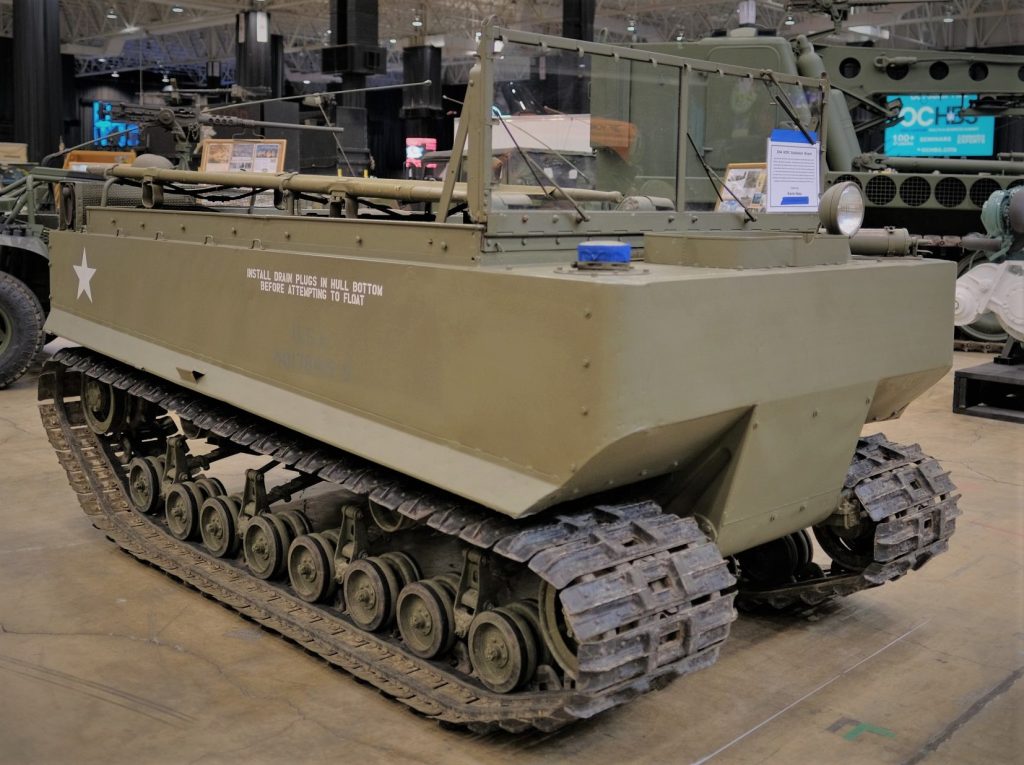
With its tracked wheels and boat-like hull, the M29 is considered amphibious—meaning that it can cross both water and land, and could reach places where a Jeep would have likely gotten stuck.
Initially conceived to quickly traverse the cold, snowy conditions in Norway, M29s gradually proved their capabilities in both European and Pacific Theatres, serving as ambulances, cargo carriers, minesweepers, and general-use transports.
The M29 saw extensive service during World War II, including the Invasion of Normandy, The Battle of the Bulge, and The Battle of Iwo Jima.
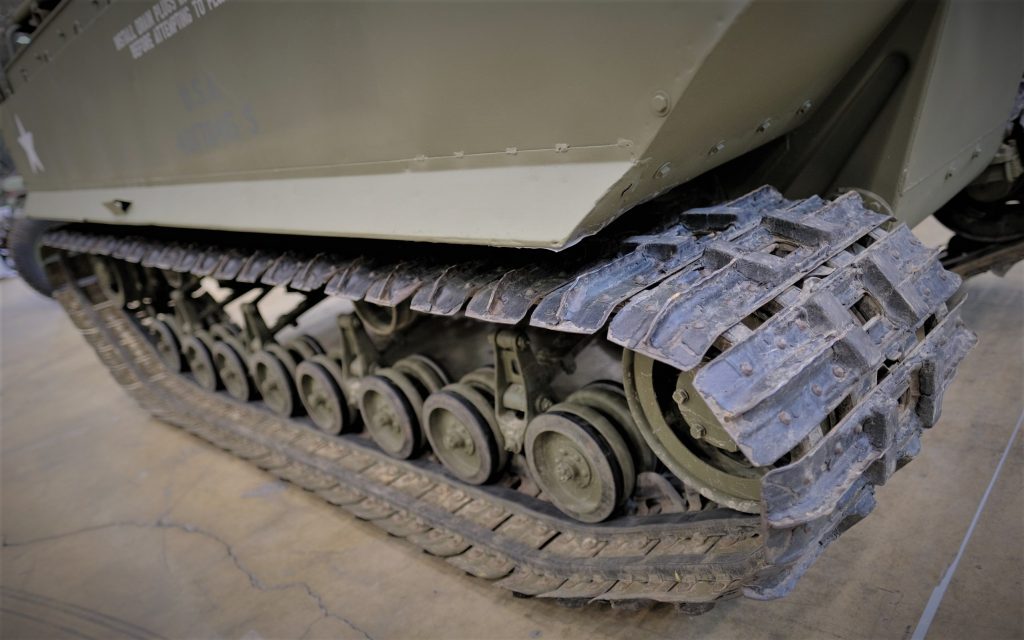
But the M29 Weasel soldiered on well after 1945, specifically by the United States in Korea and by the French in Vietnam.
Later in civilian life, M29 weasels found work in places like Artic expeditions and Alpine ski resorts. The Weasel proved so versatile that folks were still using M29s through the 1980s.
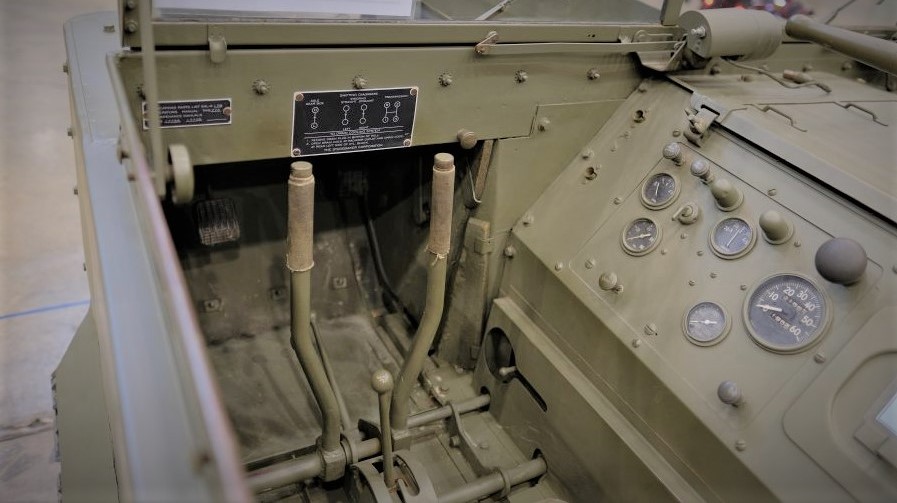
With assembly handled by Studebaker at the company’s South Bend, Indiana factory, it’s no surprise that the M29 Weasel was powered by a Studebaker 170 cubic inch “Champion” inline six.
The flathead engine made around 70 horsepower at a modest 3,600 rpm, and was mated to a three-speed gearbox and two-speed transfer case. It was front engine, rear wheel drive, with the motor located right alongside the cockpit.
In addition to the driver, the M29 could carry three passengers within about a 165 mile range. Top speed was around 35 mph.
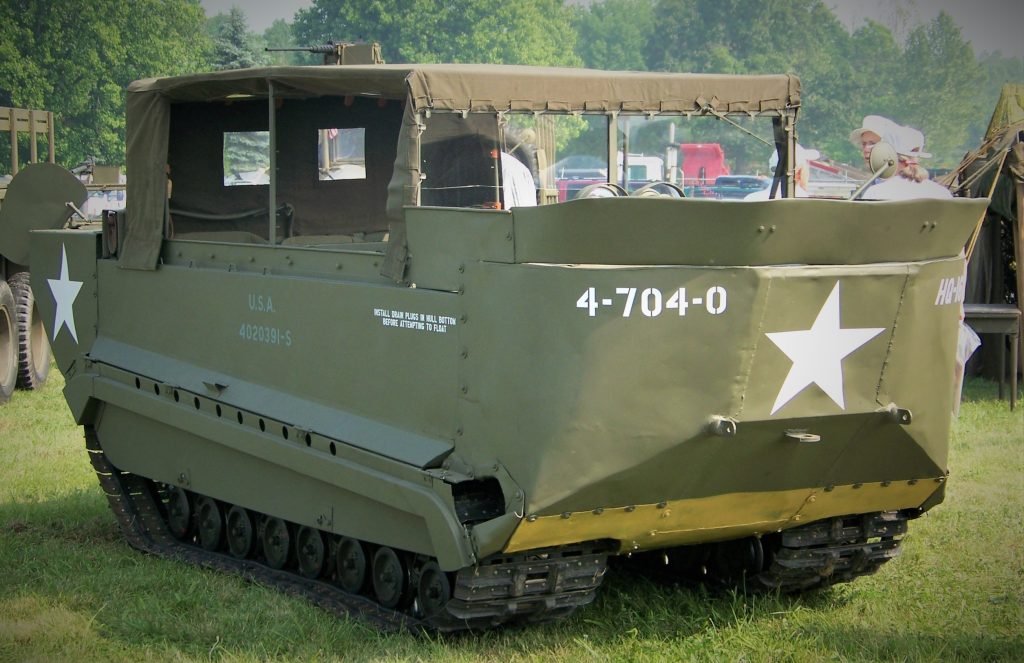
There were a handful of M29 variants as well, most notably the “Water Weasel.” Though the Weasel itself was considered amphibious, it was still limited to calm streams and rivers. For increased versatility in rougher waters, M29C Water Weasels feature a more pronounced hull, twin rudders in the rear, and integrated buoyancy cells.
Since the original M29 was unarmed, other variants were developed to carry fixed weapons, like the 37mm M3 anti-tank gun found on the M29 Type C.
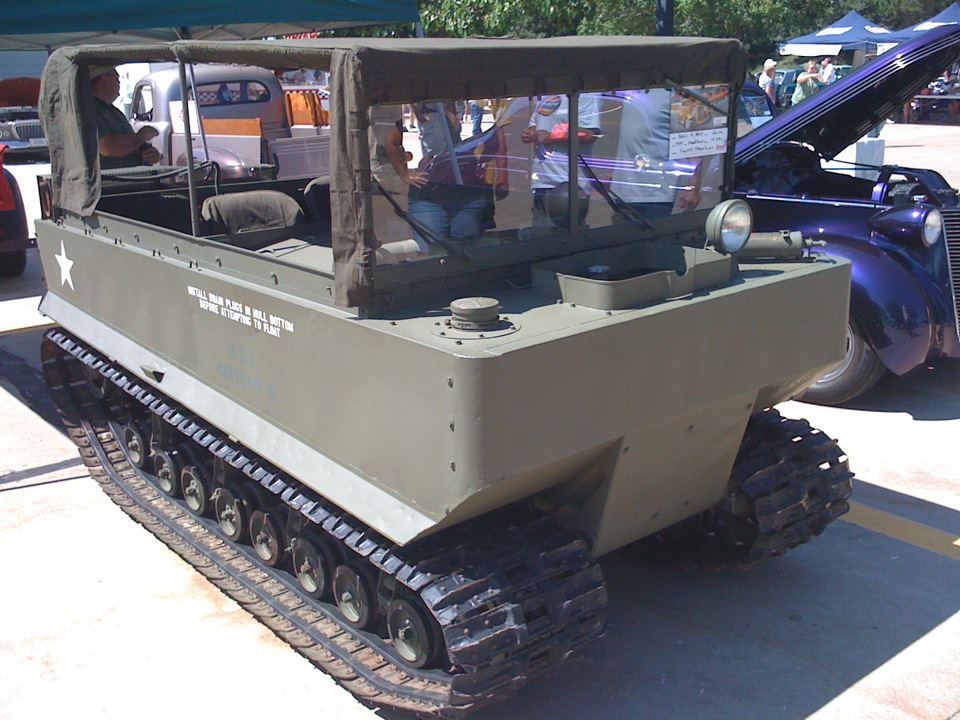
Total M29 production during the war was around 15,000 units. Initial prototypes were tested in 1942, with the bulk of Weasel production occurring between 1943 and 1945.
All told, though it may not have the PR department of the ubiquitous Army Jeep, the Studebaker M29 still deserves credit for helping carry the Allies to victory in World War II.
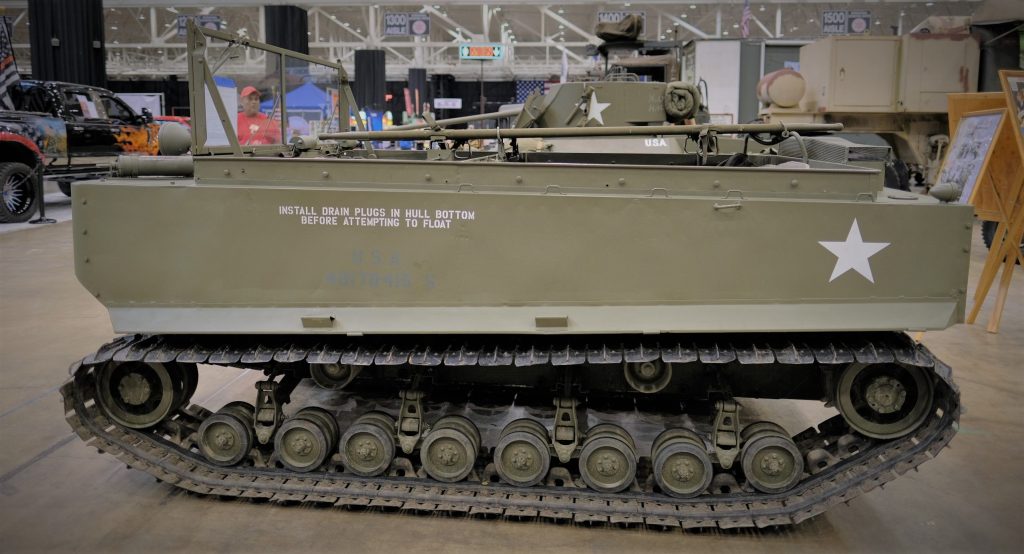

Comments